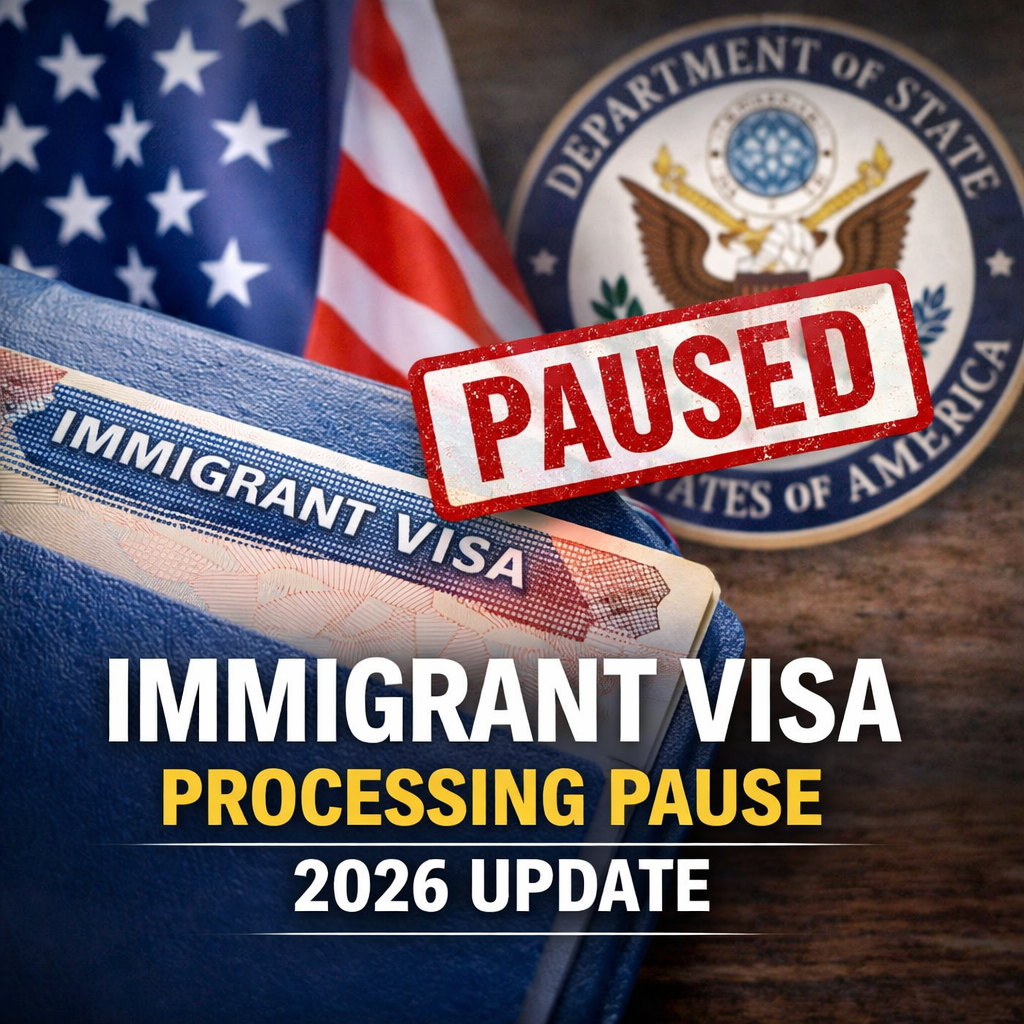What are Immigration Bonds?
Immigration bonds are a set amount of money – determined by either an Immigration Judge or Immigration and Customs Enforcement (ICE) – that noncitizens can pay to be released from ICE detention. The purpose is to guarantee that detained noncitizens will appear for future court hearings, if they are released from detention.
The Immigration Bond Process
After being detained, noncitizens are often provided with paperwork detailing the bond amount set by ICE agents. However, this is not always the case. If a bond amount is not set by ICE after taking a noncitizen into custody, the noncitizen would then need to request a bond hearing. This can be done by asking the immigration judge during the first hearing or by submitting a written request.
In the event of a bond hearing before the immigration court, the noncitizen will need to prove they are eligible for release. It is important for the noncitizen to come prepared with a sponsor letter written by a U.S. citizen or lawful permanent resident, as well as supporting documents relevant to certain factors considered in determining bond eligibility.
Determining Eligibility:
Noncitizens who are being held in ICE custody may have the option of posting an immigration bond to secure their release if they are deemed eligible after consideration of several factors. Factors relevant to a noncitizen’s eligibility include the following:
- Whether the noncitizen poses a flight risk or is likely to not attend their immigration court hearings.
- Whether the noncitizen has a criminal history which may pose a danger to the community.
- Whether the noncitizen has ties to the community, such as family in the U.S., employment, property, etc.
- Whether the noncitizen has any immigration history, including any legal status, manner of entry and prior entries or removals.
It is important to note that while not all criminal history will make a noncitizen ineligible to receive a bond, there are some criminal convictions that will subject them to mandatory detention – such as, convictions for controlled substance offenses, firearm offenses, aggravated felonies, and so on.
Setting the Bond Amount:
The amount of an immigration bond is discretionary and may vary depending on certain factors specific to each noncitizen. The typical bond amount, however, starts at $1,500 and increases from there. In some situations, an immigration judge may choose to release an individual on his or her “own recognizance”, in which case no actual amount would be set.
If the noncitizen is unable to pay the bond amount set, they have the ability to request a bond reduction. However, it is ultimately the decision of the immigration judge whether or not to grant such a request.
Posting the Bond:
Starting April 20, 2023, ICE initiated the use of CeBONDS for managing bond payments and completing necessary bond forms. CeBONDS is an online system that members of the public are able to use to confirm bond information, post bonds for noncitizens in ICE custody, and receive electronic notifications from ICE.
With this system being so new, every obligor should be aware of the following requirements before posting a bond through CeBONDS:
- Obligors must make bond payments using either Fedwire or Automated Clearing House (ACH).
- Obligors must provide proof that they fall into one of the categories for eligible obligors – such as proof of U.S. citizenship or legal permanent residence.
- Obligors must post bonds during bond posting hours – Monday through Friday from 9:00am to 3:00pm (in the time zone where the noncitizen is detained).
Because there could be certain situations where the use of CeBONDS may be impossible or impracticable, ICE has stated that they may still allow obligors to make bond payments in person at their local ICE office on a case-by-case basis.
After Release on an Immigration Bond
The processing times for release after a bond has been posted vary depending on the detention facility’s resources and the specific circumstances of the noncitizen’s case. After a bond has been posted and approved, the obligor is required to sign the ICE Form I-352 Bond Agreement before the detained noncitizen will be released.
Following release on bond, it is essential that the noncitizen attend all court hearings and ICE check-ins, refrain from violating any laws, notify immigration of any address changes, and abide by any other terms of their release.
Additionally, the noncitizen’s bond obligor must comply with the terms of the Bond Agreement they entered into with ICE. The terms vary depending on the type of bond. If an obligor fails to comply with the Bond Agreement, ICE will not refund the bond payment to the obligor.
Once in place, an immigration bond remains in effect until ICE says otherwise. Certain situations will trigger the cancellation of an immigration bond – such as the death of the noncitizen or failure to comply terms of release. Should such a triggering event take place, ICE will issue a notice of cancellation.
Want More Information?
For additional questions about immigration bonds or for assistance with any other immigration matters, contact The Law Firm of Anna Korneeva today at (513) 334-3008.



